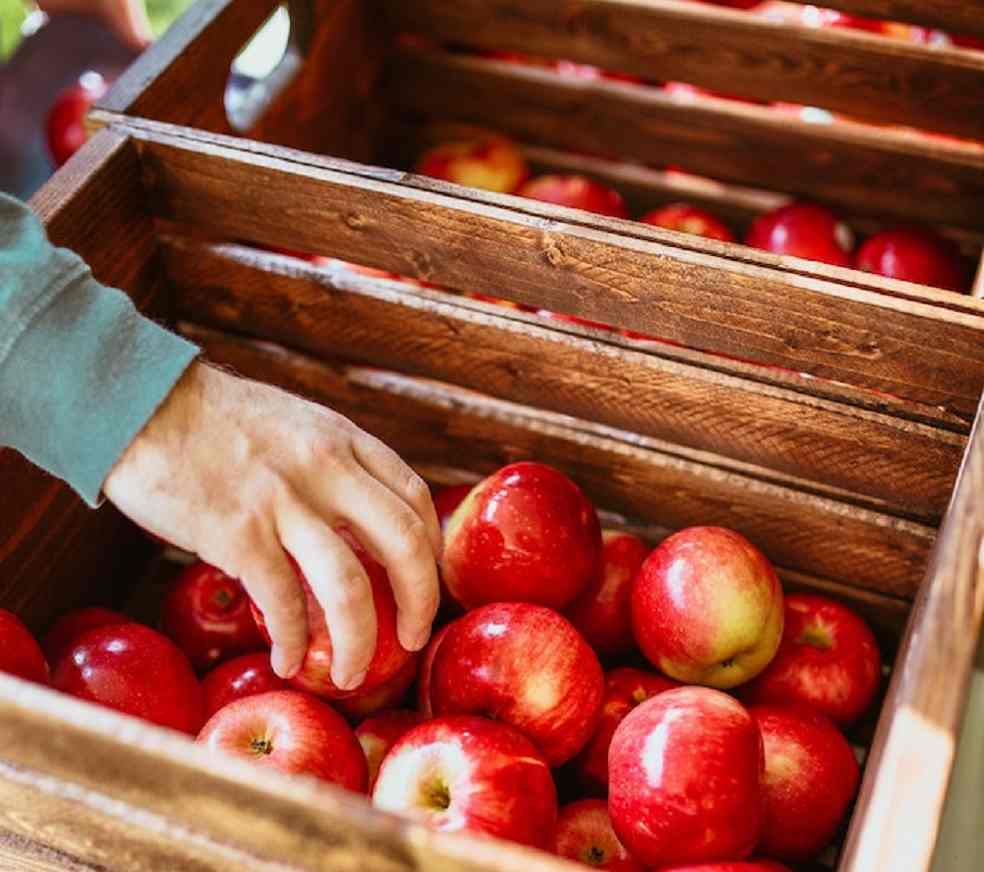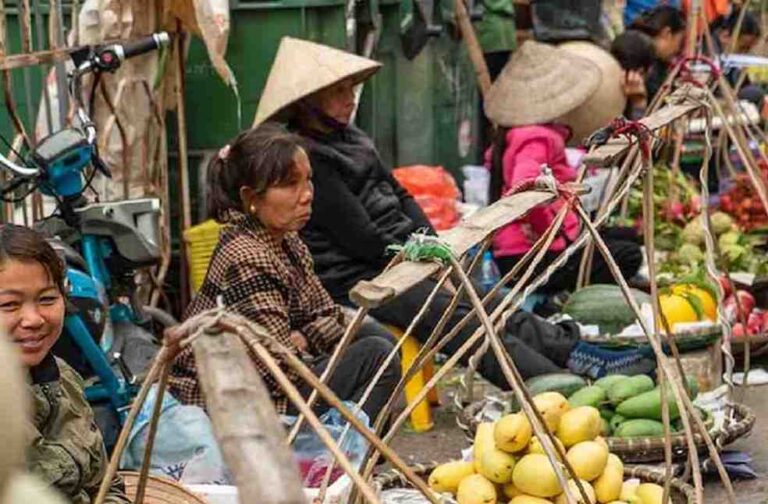Despite towering prices, the allure of imported agricultural goods from countries like the US, Australia, New Zealand, and Japan captivates Vietnamese consumers. This fascination is driving a boom in Vietnam’s imported fruits market, marking an intriguing trend shift.
Ngo Thi Hong Oanh, a trader operating in the heart of Ho Chi Minh City, notes an impressive demand for foreign-grown fruits. She sees customers enthusiastically buying cherries, apples, and plums imported from the US, Italy, and New Zealand, undeterred by their hefty price tags. The popularity of these imported fruits is not just confined to the bustling metropolis; it transcends the city limits, sweeping across Vietnam’s diverse provinces with weekly orders for these foreign fruits frequently reaching volumes of 300-400kg.
Parallel to the growing fruit demand, Nguyen Van Trieu, another trader based in the Go Vap District, records an increase in the popularity of imported products like Japanese beef, sturgeon eggs, scallops, and Australian abalone. His sales data underlines an impressive surge of 10-30% in purchasing power over the last couple of months.

Reflecting on this trend, Mr. Vo Tan Thanh, Chairman of the Nam An supermarket chain, points out that imported fruits especially fly off the shelves almost as soon as they are restocked, suggesting a widespread consumer infatuation with these foreign offerings.
Statistical data from the Plant Protection Department complements these individual narratives. It shows that Vietnam shelled out over US$2 billion on fruit and vegetable imports in 2022, marking a substantial 35% rise from the preceding year. The data also reveals Vietnam’s prominent place as the 7th largest importer of Australian agricultural, forestry, and fishery products.
Australia’s vibrant fruit export to Vietnam plays a significant role in these dynamics. The Australian Embassy in Vietnam discloses that, in 2022 alone, fruit sales to Vietnam enriched Australia’s coffers by more than AUD110 million (US$74 million). Initiatives like the ‘Taste of Australia’ program, alongside other proactive trade promotions, have contributed significantly to this fruitful relationship.

Interestingly, the Institute of Policy and Strategy for Agriculture and Rural Development has noted a nearly 100% surge in the import of vegetables and fruits from Europe in the initial five months of this year. Imported potatoes, in particular, have found favor among Vietnamese consumers.
On another front, New Zealand’s fruits are garnering attention and popularity in Vietnam. Major retailers, including Aeon Mall and Central Retail, acknowledge the robust performance of imported agricultural products, attributing it to the escalating focus on health and nutrition among Vietnamese consumers.
In a similar vein, the American Fruit Association in Vietnam ranks the country as the third-largest import market for US apples and grapes. Agribusiness firms also highlight that foreign fruit products are now available far beyond supermarkets, reaching smaller stores, traditional markets, and neighborhood shops, thereby widening their reach.

Against the backdrop of Vietnamese agricultural products making strides in international markets, foreign agricultural goods are also pouring into Vietnam’s domestic scene. To counter this competition, Mr. Dang Phuc Nguyen, Secretary General of the Vietnam Fruit Association (Vinafruit), suggests Vietnamese agricultural products must enhance their quality and packaging design to appeal to local tastes and compete effectively.
Looking forward, Mr. Benjamin Petlock, senior agricultural attaché at the U.S. Consulate General in HCMC, reveals ambitious plans for the US to export grapefruit to Vietnam, alongside ongoing negotiations around trading peaches and plums. This, coupled with Vietnam’s recent rise to the 8th largest import market for the United States from its previous 12th position, paints a promising picture of the future of agricultural trade in the country.
DON’T MISS IT | India’s Rice Export Ban Threatens $1bn in Global Trade



